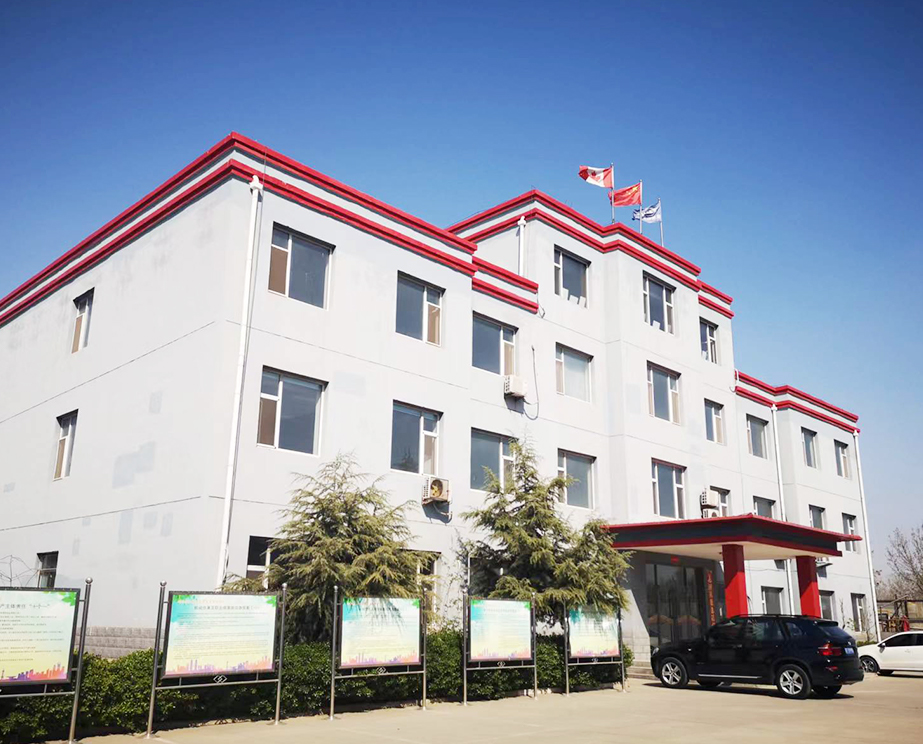- Afrikaans
- Albanian
- Amharic
- Arabic
- Armenian
- Azerbaijani
- Basque
- Belarusian
- Bengali
- Bosnian
- Bulgarian
- Catalan
- Cebuano
- Corsican
- Croatian
- Czech
- Danish
- Dutch
- English
- Esperanto
- Estonian
- Finnish
- French
- Frisian
- Galician
- Georgian
- German
- Greek
- Gujarati
- Haitian Creole
- hausa
- hawaiian
- Hebrew
- Hindi
- Miao
- Hungarian
- Icelandic
- igbo
- Indonesian
- irish
- Italian
- Japanese
- Javanese
- Kannada
- kazakh
- Khmer
- Rwandese
- Korean
- Kurdish
- Kyrgyz
- Lao
- Latin
- Latvian
- Lithuanian
- Luxembourgish
- Macedonian
- Malgashi
- Malay
- Malayalam
- Maltese
- Maori
- Marathi
- Mongolian
- Myanmar
- Nepali
- Norwegian
- Norwegian
- Occitan
- Pashto
- Persian
- Polish
- Portuguese
- Punjabi
- Romanian
- Russian
- Samoan
- Scottish Gaelic
- Serbian
- Sesotho
- Shona
- Sindhi
- Sinhala
- Slovak
- Slovenian
- Somali
- Spanish
- Sundanese
- Swahili
- Swedish
- Tagalog
- Tajik
- Tamil
- Tatar
- Telugu
- Thai
- Turkish
- Turkmen
- Ukrainian
- Urdu
- Uighur
- Uzbek
- Vietnamese
- Welsh
- Bantu
- Yiddish
- Yoruba
- Zulu
pup joint tubing
The Role of Pup Joints in Joint Tubing Systems
Pup joints are critical components in the oil and gas industry, particularly in joint tubing systems. These short lengths of pipe are used to connect standard pipe segments, acting as spacers or adaptors to achieve the desired length in a well or pipeline assembly. Understanding the function and significance of pup joints can help professionals in the field streamline their operations and enhance the efficiency of their drilling and production processes.
Definition and Characteristics of Pup Joints
Pup joints are typically manufactured to the same specifications as standard drilling pipe but come in shorter lengths, usually ranging from 2 to 10 feet. Their dimensions allow them to fit seamlessly with standard pipes, ensuring a uniform flow of fluids and minimizing the risk of leaks. Pup joints come in various diameters to match the size of the existing pipe system, and they are often made from the same high-strength steel material to withstand the extreme conditions encountered in oil and gas extraction.
Applications of Pup Joints
Pup joints serve several key purposes in joint tubing systems
1. Compensating Length Differences During drilling operations, achieving the right length in the drill string is essential for maintaining proper drilling angles and optimizing performance. Pup joints are used to fill in gaps when standard pipe sections do not provide the required length, thereby allowing operators to adjust the overall assembly to meet specific operational needs.
2. Facilitating Transportation When transporting tubular goods, pup joints can aid in reducing the overall footprint of the tubing system. By allowing equipment to be more compact and easier to handle, transportation costs can be minimized without compromising the integrity or functionality of the system.
pup joint tubing

3. Enhancing System Versatility Various drilling methods and well types may require different configurations of tubing. Pup joints enable operators to create custom lengths that cater to specific requirements, thus enhancing the versatility of the joint tubing system. This adaptability is particularly valuable in complex or unconventional drilling environments.
Installation and Maintenance Considerations
Proper installation and maintenance of pup joints are crucial for ensuring their effectiveness in the tubing system. During installation, it is vital to inspect the threads for any signs of wear or damage. Proper torque specifications must be adhered to during connection to prevent future operational failures.
Routine maintenance checks should include looking for signs of corrosion or other damage. Operators should also monitor the integrity of the joints throughout their use to avoid potential failures that could lead to costly downtimes or environmental hazards. Regular inspection and maintenance help prolong the life of the pup joints and enhance the overall efficiency of the joint tubing system.
Conclusion
Pup joints are an essential component of joint tubing systems within the oil and gas industry. Their ability to connect standard pipe lengths and facilitate smooth fluid flow make them indispensable in drilling operations. By providing versatility and adaptability, pup joints allow for efficient design and execution of drilling programs. As the industry continues to progress towards more advanced technologies and methodologies, the importance of reliable components like pup joints will only continue to grow.
In summary, understanding the role and applications of pup joints in joint tubing systems is crucial for professionals working in oil and gas. Their significance cannot be overstated, as they optimize drilling processes, enhance the integrity of fluid transportation, and ultimately contribute to the successful extraction of valuable resources from the earth. Proper maintenance and installation practices can further ensure these components function effectively, aiding in the overall productivity and safety of drilling operations.
-
Tubing Pup Joints: Essential Components for Oil and Gas OperationsNewsJul.10,2025
-
Pup Joints: Essential Components for Reliable Drilling OperationsNewsJul.10,2025
-
Pipe Couplings: Connecting Your World EfficientlyNewsJul.10,2025
-
Mastering Oilfield Operations with Quality Tubing and CasingNewsJul.10,2025
-
High-Quality Casing Couplings for Every NeedNewsJul.10,2025
-
Boost Your Drilling Efficiency with Premium Crossover Tools & Seating NipplesNewsJul.10,2025







